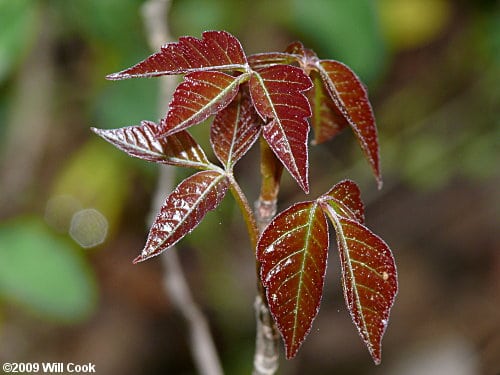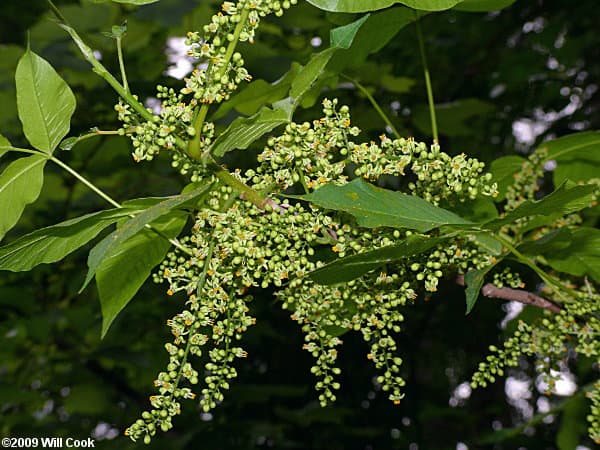Leaves of three, let it be!
You’ve probably heard the old adage: “Leaves of three, let it be.” Guess what? It’s true! Because poison ivy can be found all over the country, we thought it might be helpful to list a few interesting facts on how to recognize and avoid this bothersome plant.

Fact #1: Poison Ivy isn’t really poisonous. It contains sticky, long-lasting oil called urushiol that causes an itchy, blistering rash after it touches your skin, which can last one to three weeks. Some people, about 15 percent of the population, are immune to the effects of urushiol and have absolutely no reaction to it.
Fact #2: Never Burn Poison Ivy. Particles of urushiol remain in the fire’s smoke and can severely aggravate your eyes, nose and respiratory tract, as well as your skin.

Fact #3: Urushiol adheres to your skin within minutes. If you know you’ve come into contact with poison ivy, wash the area with lukewarm water and soap ASAP. If there’s no water, rubbing alcohol or alcohol wipes can remove it. Keep the area cool, dry and clean. Thoroughly wash your clothes and clean your boots or shoes. Also, hose down any garden tools that might have touched the plant.
Fact #4: Urushiol can cling to your dog or cat’s fur and rub off on you. If your pet explores areas where poison ivy is growing and then rubs against your skin, you can definitely have a reaction. To avoid this, bathe your pet with soap and cool water wearing gloves.
Fact #5: Poison Ivy is not contagious. Once you have washed the oils off of your skin, the rash itself is not contagious. It may continue to spread due to varying amounts of exposure on different areas of the body, but touching the rash does not cause it to spread.

Fact #6: Poison Ivy changes color with the seasons. Depending on the season, its leaves are reddish in the spring, green in the summer and yellow, orange or red in the fall. Some types of poison ivy leaves have notched edges, while others are smooth. It can grow as a bush or vine and sometimes has white berries. Poison ivy is a perennial plant, which means that it can survive more than 2 years in the wild.
Face #7: Poison ivy is not the only plant that’s three-leafed. Boxelder, young Virginia creepers, and, yes, strawberries, all have three leaves per stem and are often mistaken for poison ivy.
Fact #8: This pesky weed belongs to the same family as mangoes. They both produce urushiol, which is why people who eat the fruit without taking off the skin first can sometimes get a blister rash on their lips.

While enjoying the outdoors or gardening, stay alert and try to avoid direct contact with this noxious three leafed plant!
Sources:
https://www.gardenista.com/posts/10-things-nobody-tells-poison-ivy/
https://www.cdc.gov/niosh/docs/2010-118/pdfs/2010-118.pdf?id=10.26616/NIOSHPUB2010118
https://www.fda.gov/consumers/consumer-updates/outsmarting-poison-ivy-and-other-poisonous-plants
